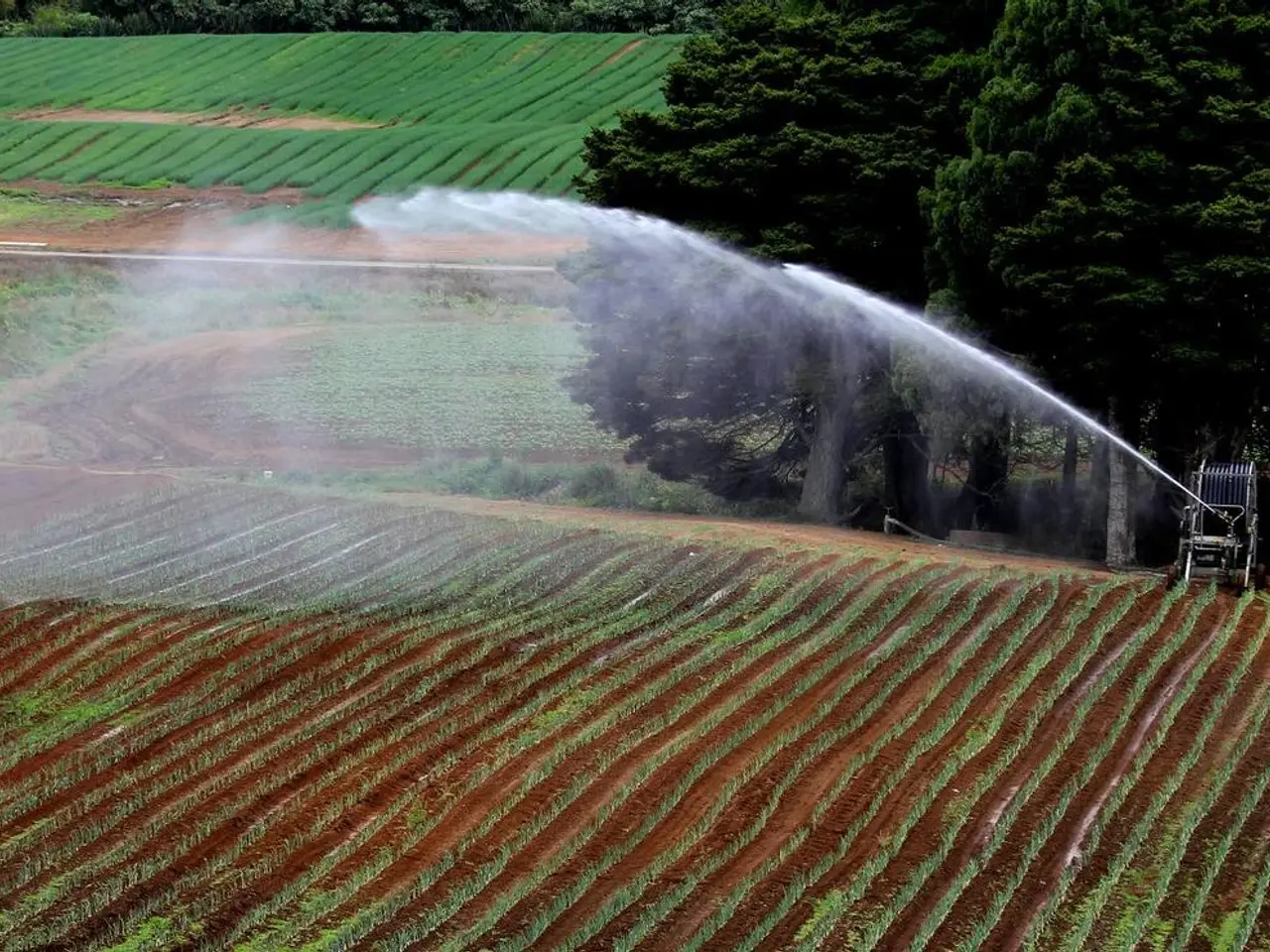Hydraulic Systems: Operation and Varied Uses
India's hydraulic systems sector is facing several techno-economic barriers that are hindering efficiency and indigenization. These challenges primarily revolve around technological dependence on imports, high initial costs, limited local expertise, quality issues, supply chain vulnerabilities, and standardization problems.
One of the major issues is the reliance on imported high-precision components and advanced hydraulic technologies, which limits domestic production and customization. Hydraulic systems often require specialized materials, precision engineering, and skilled labor, leading to increased costs both upfront and in the long term.
India also faces a gap in advanced research and development focused on hydraulic system design, manufacturing innovation, and system integration. This lack of R&D slows progress on efficient and cost-effective indigenous solutions.
Quality and standardization issues are another concern, as domestic suppliers may struggle to meet global quality and safety standards necessary for high-performance hydraulic applications. This reduces competitiveness and acceptance in critical infrastructure projects.
Dependence on foreign supply chains for key raw materials and components increases vulnerability to disruptions, delays, and cost fluctuations, affecting system efficiency and scalability.
However, there are signs of progress. For instance, make-in-India valve clusters are emerging, and the pump market is expected to reach US $ 859 million by 2024. The global fluid-power market, which stood at US $ 46.3 billion in 2023, is projected to grow at a 6.1% Compound Annual Growth Rate (CAGR) to 2030.
To address these challenges, several initiatives have been proposed. For example, a Technology Up-gradation Fund style scheme is proposed to reimburse 50 percent cost of retro-fit sensor kits under ₹5 lakh for MSMEs. Certain hydraulic sub-systems are proposed to be reserved for at least 50 percent domestic value-addition under the Defence Production & Export Promotion Policy 2020.
Carbon credit revenues are proposed to be allocated to subsidise high-efficiency hydraulic excavators in river-front rejuvenation and Smart City projects. Digital hydraulics can raise overall efficiency by up to 30 percent in excavators, making them more environmentally friendly and economical.
A National Fluid-Power Centre of Excellence (NFPCoE) is proposed to be established at IIT-Roorkee, leveraging the IAHR 2024 network. The Centre is considering embedding minimum efficiency benchmarks in CPWD and Metro rolling-stock tenders, rewarding load-sensing or digital displacement architectures.
To ensure safety and emission standards, a joint task force of BIS, MoEFCC, and Ministry of Heavy Industries is proposed to publish unified hydraulic safety-emission standards by 2026.
In addition, initiatives are being taken to promote the use of vegetable-ester hydraulic oils. A 10 percent capital subsidy and zero-rating of GST for these oils are proposed, conditional on blockchain-based traceability under CPCB's EPR portal.
Field surveys found average 0.7% system leakage per month, highlighting the need for measures to reduce this waste. 'Track-and-trace' ledgers for hydraulic oil are proposed, incentivizing recyclers with tradable EPR credits.
Lastly, the NSDC curriculum is proposed to be upgraded to include IoT sensors, Stage V diagnostics, and basic data analytics for hydraulic technicians. Hydraulic-hybrid drivelines are proposed for municipal solid-waste trucks in million-plus cities, backed by viability-gap funding.
In conclusion, while India's hydraulic systems sector faces significant techno-economic challenges, several initiatives are being proposed to address these issues and promote indigenization, efficiency, and sustainability.
- The economic dependence on imported high-precision components and advanced hydraulic technologies is a major hurdle in domestic production and customization of hydraulic systems in India.
- The lack of advanced environmental-science focused research and development in hydraulic system design, manufacturing innovation, and system integration is a significant hindrance to the development of efficient and cost-effective indigenous solutions.
- Quality and standardization issues in domestic hydraulic production reduce competitiveness and acceptance in critical infrastructure projects, impacting the finance and investing industry.
- The reliance on foreign supply chains for key raw materials and components increases vulnerability, affecting the business and personal-finance sector.
- Make-in-India valve clusters are emerging, and the pump market is projected to reach significant financial growth by 2024, showing signs of progress in the industry.
- To promote efficiency and lower costs, proposals have been made to reimburse costs of retro-fit sensor kits for small and medium enterprises (MSMEs) and reserve certain hydraulic sub-systems for at least 50 percent domestic value-addition.
- Carbon credit revenues are proposed for subsidizing high-efficiency hydraulic excavators in eco-friendly projects, demonstrating the connection between the environment and finance.
- A National Fluid-Power Centre of Excellence (NFPCoE) is proposed to be established to improve sectors like education-and-self-development, technology, and manufacturing through research and innovation.
- Initiatives are being taken to promote the use of vegetable-ester hydraulic oils, which are more environmentally friendly, injecting eco-friendly practices in the real-estate and economics sector.
- To further enhance efficiency and sustainability in hydraulic systems, lifelong-learning programs are proposed, focusing on implementing IoT sensors, Stage V diagnostics, and data analytics, merging technology with sports-analysis and personal-finance management.




